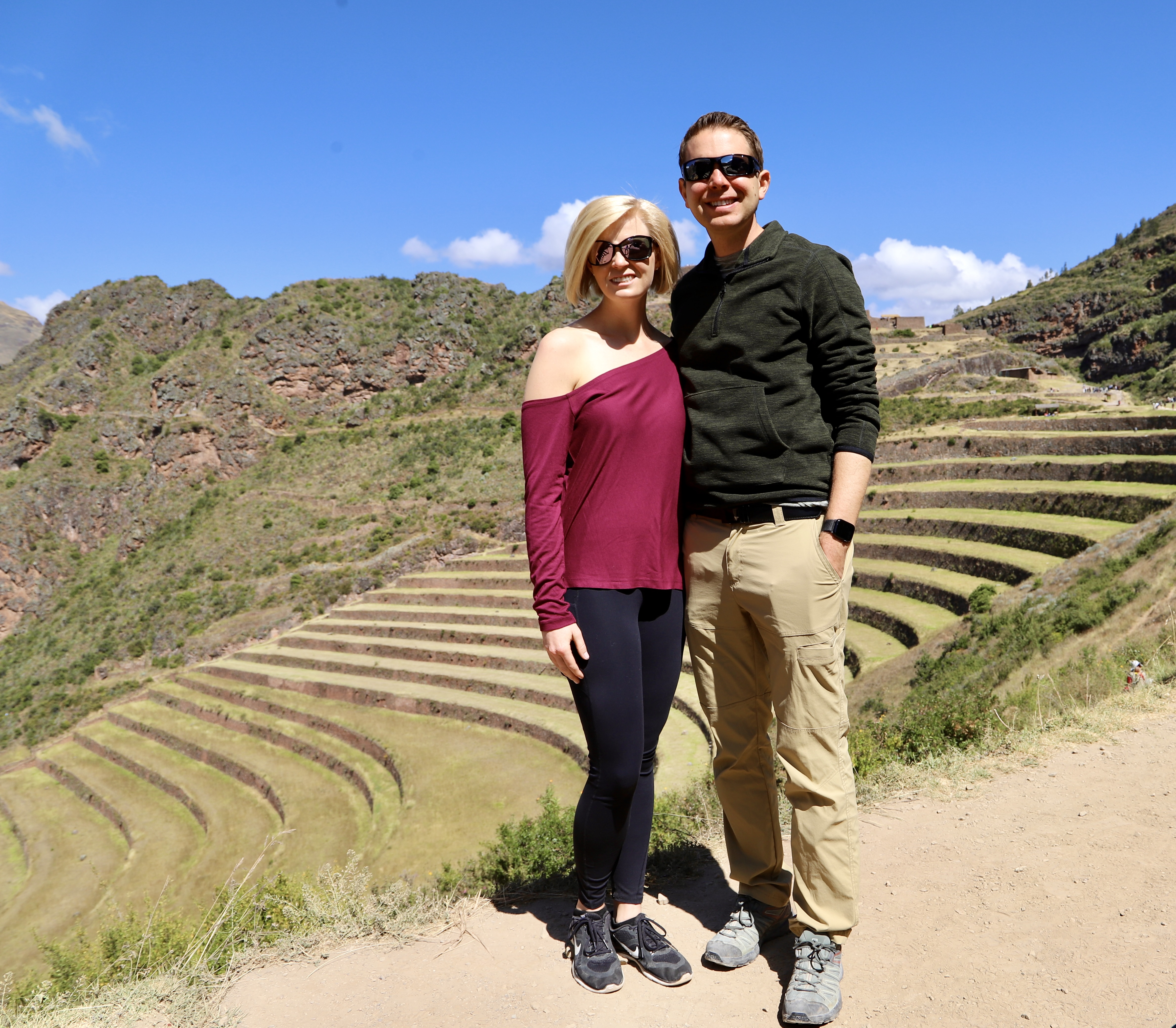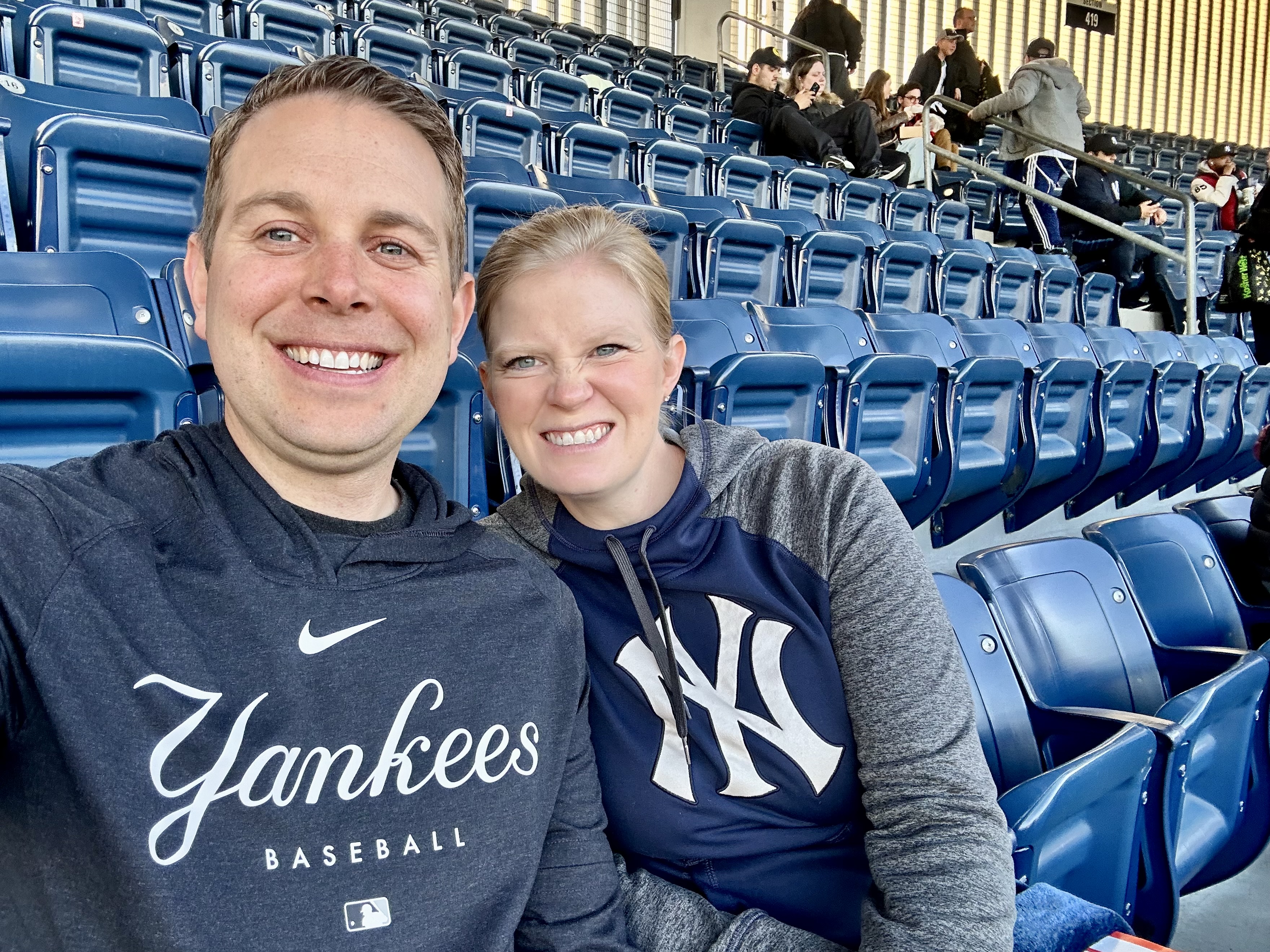Our South America Adventure - Day 3 Sacred Valley
Today was another great day in Peru! We got an early start, we had to get all packed up, showered, and breakfasted by 8:00 when Luis picked us up. We were so impressed by the Hilton Garden Inn and were sad to leave.
Our first stop with Luis was the same church we visited yesterday with panoramic views of Cusco. The Plaza de Armas is exquisite from above. We also drove a little longer to see a really beautiful landscape view. Parents were in a rush to get their kids to school. We’ve seen this same scene in several countries (including our own). It’s nice to see such a collective human experience in the morning rush.
Our next stop was Q'enco Inca, a labyrinth used by the Incas for astrology, alter worship, and mummification. This was a fascinating location - interestingly, multiple ancient cultures used mummification as a way to worship and preserve their dead. The Spaniards “disappeared” all of the mummies during their conquest, so there aren’t any remaining. The Spaniards also replaced several worship practices with their own Christian practices as a way to convert the Incas (i.e. the Incas did a parade of mummies to worship their dead and the Spaniards replaced that with a parade of saints). The conquests really just make me angry for how much culture they stole from the world due to their own greed.
We then started driving towards the Sacred Valley. We stopped for coffee at a gorgeous panoramic view of the river and a valley where they grow corn. Different valleys are used for different crops, but their main crops are quinoa, corn, potatoes, and beans. Coffee with a view is not a bad way to spend some time in the morning. And the altitude has definitely been making us tired, so we were grateful for a pick-me-up.
Our next stop was Pisaq. This was used for agriculture to grow crops in the mountains. The Incas were incredibly smart to develop the technology to grow crops on mountains and at higher altitudes. They also had a guard tower and places for the workers to live. We walked all over the mountain, which was challenging at altitude - we took it slow and took breaks. Our legs were strong enough, but our heart rates spiked way faster than normal. Fortunately, with breaks, we were able to bring our heart rates down pretty quickly and continue up the mountain. Altitude is no joke. Side note - we are taking prescription acetazolamide to help with altitude sickness. I have experienced super mild side effects (random toe tingling), but Eric has near-constant foot tingles. Overall, we both feel it’s worth it to avoid altitude sickness, which aside from general fatigue, we have not experienced.
We also saw the most extensive Inca cemetery, which would have housed over 5,000 mummies in holes in the mountain. Unfortunately, these were also “disappeared” by the Spaniards. The thought of an eternal viewing makes me very uncomfortable - I really dislike seeing mummies in museums. However, I do think that the technology used to bury the dead is interesting and helps us learn about ancient civilizations. Unfortunately, we aren’t able to learn more about this.
 |
| Inca steps |
After Pisaq we headed towards Ollantaytambo with a stop at an Inca Museum to see what an ancient statue would have looked like. We also stopped en route by a local house. Here we played Juego de Sapo (kind of like the Peruvian version of cornhole) and saw a traditional kitchen, including the Guinea pigs this family was raising to sell or eat.
When we arrived at Ollantaytambo we stopped for lunch at a local restaurant. Eric tried alpaca, while I ate trout. They were both delicious. After lunch, we walked through town. Ollantaytambo is still very much an Inca town. Although the roads have been rebuilt, they are designed after the ancient roads the Incas would have used. The buildings and houses are also modeled after their designs. The town square, however, is distinctively Spanish. Nearly every city in their conquered territory had a town square. Most had a church, however, Ollantaytambo's church is a few blocks away.
We walked through the town and saw the canals that serve as water drains next to the roads. It was fascinating. We ended up hiking to some granaries. The mountains around here are very windy, so it was a great place to dry grain. The hike was pretty brutal, but the views were worth it.
After the granary, we stopped by a local hotel to enjoy their peaceful courtyard. It was a great place to spend a few minutes. Luis then walked us to our hotel, where we checked in and then went exploring on our own. There wasn’t a lot to do, but we enjoyed the walk and stopped at a local place to get empanadas and hot chocolate for dinner. The hot chocolate was amazing - not too sweet, but extremely decadent and rich. After dinner, we returned to our hotel and called it a night!

























































Comments
Post a Comment